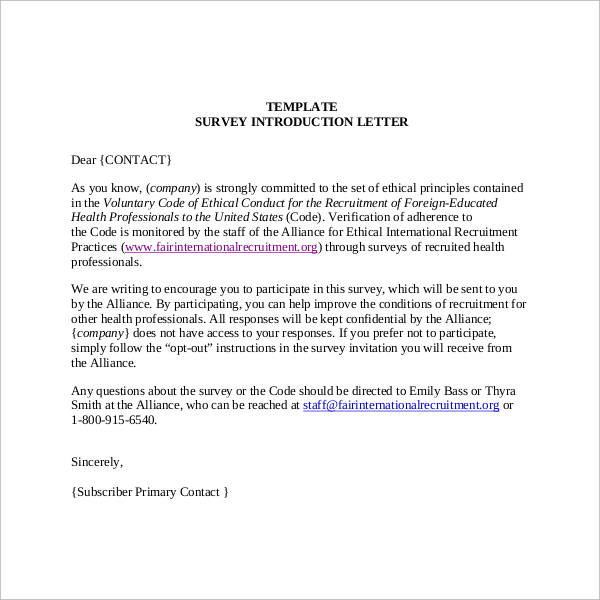

At the end of the introduction there's always a phrase that begins with something like, "here we show." or "in this paper we show." This text is part of a logical sequence of information, typically (but not necessarily) provided in this order:

You'll see this section clearly in high-impact-factor international journals like Nature and Science.

You've done the background reading and identified a knowledge gap that this rationale now explains.Ī research rationale is usually written toward the end of the introduction. It's also known as the justification of the study, rationale, or thesis statement.Įssentially, you want to convince your reader that you're not reciting what other people have already said and that your opinion hasn't appeared out of thin air. Think of a research rationale as a set of reasons that explain why a study is necessary and important based on its background. how to create an effective research rationale.It's a critical part of standard research articles as well as funding proposals.Įssentially, the research rationale answers the big SO WHAT? that every (good) adviser, peer reviewer, and editor has in mind when they critique your work.Ī compelling research rationale increases the chances of your paper being published or your grant proposal being funded. It justifies the study's purpose, novelty, and significance for science or society. This is often the most significant part of your publication. The rationale for your research is the reason why you decided to conduct the study in the first place.


 0 kommentar(er)
0 kommentar(er)
